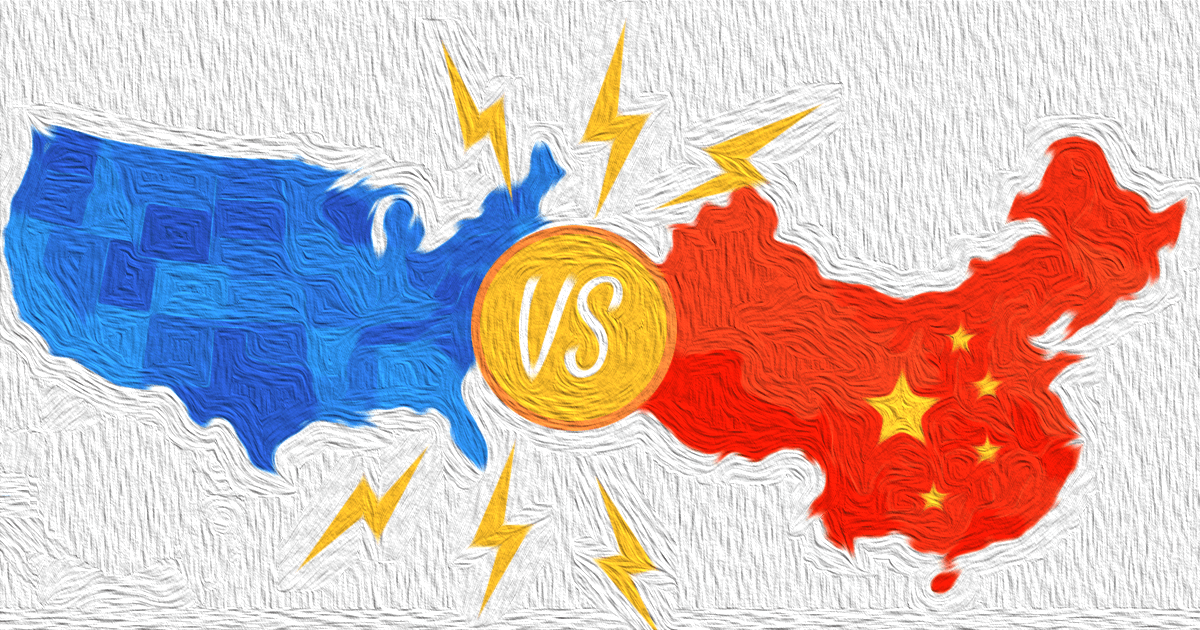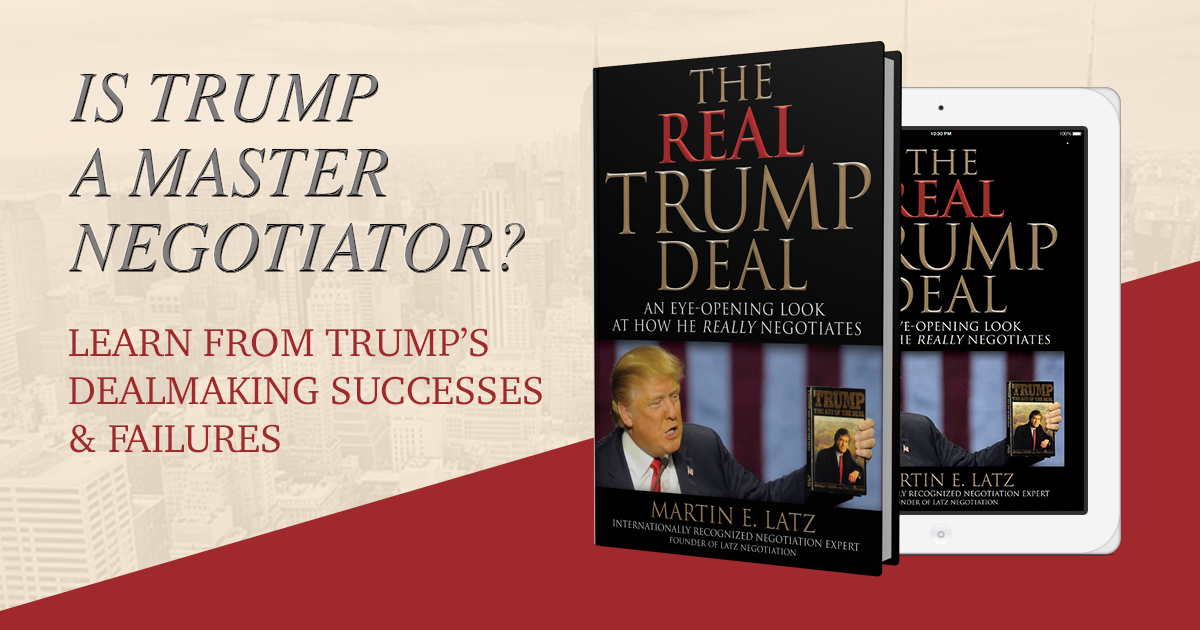Why Trump’s Trade War Negotiation Threats Won’t Work

Donald Trump has bet that his negotiation brilliance and trade threats will enable him to out-negotiate China, Mexico, Canada, Germany, the U.K., Japan, and the list goes on.
He has also bet they will all cave before his escalating tariffs cause irreparable damage to the U.S. economy.
Unfortunately, despite his trade “deal” with European Commission President Jean-Claude Juncker and the new NAFTA deal – positive steps in these trade wars – Trump’s risky threat-based trade war negotiation strategy will almost certainly fail.
How do I know? I’ve been studying negotiation for 25 years and have examined over 100 Trump negotiations from his almost 50 years in business for my new book The Real Trump Deal: An Eye-Opening Look at How He Really Negotiates . I have also analyzed the pivot he needs to make to effectively negotiate in the radically different world of presidential versus business negotiations.
Of course, Trump would disagree. After all, he consistently uses threats in negotiations. He threatened a government shutdown a while ago if he didn’t get immigration reform. (Senate Majority Leader Mitch McConnell and House Speaker Paul Ryan shut him down.) Trump also has offered to meet Iran’s leader, despite consistently threatening him in the past. (Iran rejected his offer.)
So why will Trump’s trade threats not give him a winning hand in this high-stakes poker game and what can we learn from this?
Strategy 1. Unplanned Instinctive Threats
First, Trump is using highly inflammatory largely unplanned instinctive threats. These types of threats make things worse, according research by Columbia Professor Adam Galinsky and Brigham Young Professor Katie Liljenquist.
They found that threats based on anger, volatile emotion, and momentary pressures are almost always counterproductive, noting that “[m]ultiple studies have linked anger to reduced information processing, risky behaviors and clouded judgment.”
Strategically planning threats addresses these concerns and reduces the possibility of counterthreats and retaliation, which can spiral out of control. Our trade counterparts, predictably, have almost all instituted retaliatory tariffs.
Crucially, the goal of a threat is to satisfy your interests. Effective threats thus motivate cooperation instead of punishing bad behavior. This hasn’t happened.
Business Negotiation is Different Than Trade Negotiation
Of course, Trump did use some effective threats in business. To build Trump Tower, he needed the air rights to his neighbor on Fifth Ave, Tiffany. But he was afraid Tiffany would refuse to sell them, as his proposed design was radically different from the architectural style in the area.
So Trump constructed two models of his tower. One was a graceful, fifty-story building. The other was an ugly building Trump could argue New York would get due to zoning requirements if he didn’t have Tiffany’s air rights. His implicit, well-planned threat worked.
Research by former Director of Kellogg Business School’s Dispute Resolution Research Center at Northwestern University Jeanne Brett and her colleagues also found that threats only work well in 1) getting a party to the table when facing a seemingly intractable deadlock (like threatening aggression or sanctions to get a recalcitrant country to engage in peace talks), 2) breaking an impasse by signaling strength, or 3) ensuring compliance of an agreement.
None of these circumstances apply to these trade deals.
Research has also shown that effective threats should be specific and detailed, address your counterpart’s interests, be delivered respectfully in a serious and measured tone, include meaningful consequences, link to a timeline, and possibly include an escape clause if circumstances change.
Reagan’s Hardball Negotiation Vs. Trump’s
Trump’s trade threats don’t meet these criteria. But President Ronald Reagan’s 1981 threat to fire 12,000 air traffic controllers if they did not return to work “within 48 hours” did meet them.
“Many observers view [his threat and firing of the 11,359 non-complying controllers] as a pivotal moment in his presidency and the foundation for future political victories,” note Galinsky and Liljenquist.
In fact, even well-crafted threats can lead to resistance and anger, decreasing a counterparts’ likelihood of granting your wishes and inciting a desire for vengeance.
In addition to using ineffective threats, businessman Trump never had to deal with the radically different nature of presidential negotiations.
In business, Trump and his counterparts were usually solely accountable to themselves. Political leaders, in contrast, must simultaneously negotiate with each other at the table and behind the table with their constituents. They must also understand their counterparts’ behind-the-table negotiations.
Trump’s lack of expertise here led to the blowup with Canadian Prime Minister Justin Trudeau and many of our other allies. The spark prompting Trump’s personal Twitter attacks occurred when Trudeau indicated after the G-7 meeting that Canada would stand up to the U.S. in its negotiations.
Trudeau’s comment, understandable when viewed as a necessary political statement aimed at his domestic political audience (his behind-the-table negotiation), was apparently perceived by Trump as an attack on Trump.
The predictable result of Trump’s Trudeau Twitter assault led to perhaps the worst relations with our staunchest ally in history. In the new NAFTA negotiations, Trudeau very carefully had to consider how Canadians viewed any concessions he made.
Trump’s threats make it harder for our counterparts to concede anything as they then appear weak to their constituents.
Bottom line: the odds are not good for success with Trump’s trade war threat-based negotiation strategy. Not a good bet. Trade wars are not, as Trump has suggested, “easy to win.”
*Marty Latz is the founder of LATZ Negotiation and author of the just released book The Real Trump Deal: An Eye-Opening Look at How He Really Negotiates.



